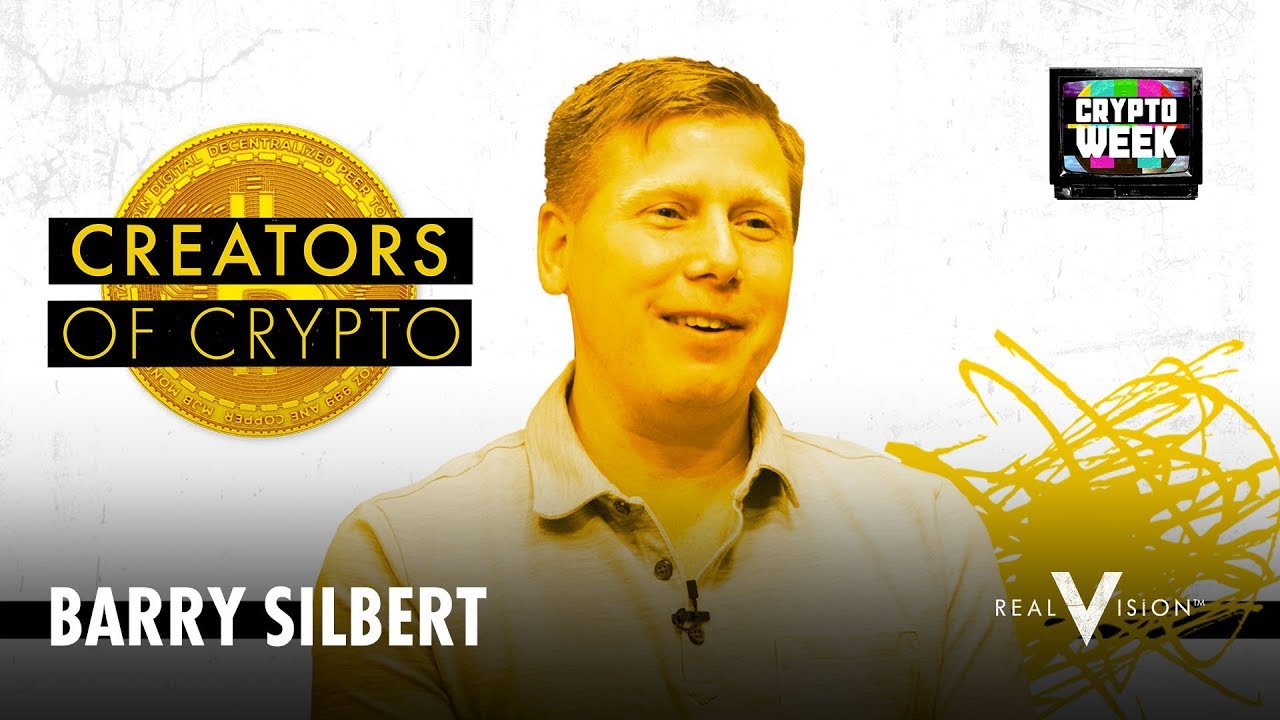The Curse of Innovation
It is commonly believed that a breakthrough idea capable of significantly improving lives will likely bring enormous profits to its creators. However, reality is much harsher: most startups with great potential fail.
Why do consumers reject new products that seem to make their lives better? Why can’t their creators foresee failure, and why does this story repeat itself over and over?
This phenomenon already has a name—“the curse of innovation.”
The Valley of the Cursed
Let’s start with examples of startups that fell victim to the curse of innovation:
- Segway – a company backed by Steve Jobs and Jeff Bezos that never achieved mass adoption of its scooters.
- Webvan – a fast-delivery marketplace that burned through $1 billion in investments before shutting down.
- TiVo – a digital video recorder meant to replace VHS tapes, which, despite $600 million in funding, failed to gain market dominance.
“A Bird in the Hand”
The root cause of the curse lies in human psychology. People tend to make irrational choices influenced by several key factors:
- Loss aversion. We fear losing what we already have, even if the new option looks more attractive. This idea is reflected in the well-known proverb: “A bird in the hand is worth two in the bush.”
- Subjectivity in evaluation. A new product may seem too complex, unfamiliar, or unnecessary simply because we are accustomed to the old one.
- Endowment effect. We assign greater value to what we already own and underestimate the potential benefits of something new.
These factors have been extensively studied by John Gourville, a professor at Harvard Business School, who built on the work of Everett Rogers (who introduced the diffusion of innovations theory in 1962) and psychologist Daniel Kahneman.
Rogers categorized people into five groups based on how quickly they adopt innovations:
- Innovators – love novelty, about 2.5% of the population.
- Early adopters – influential opinion leaders, about 13.5%.
- Early majority – adopt innovations after early adopters, around 34%.
- Late majority – skeptics who only accept products once they become standard, also about 34%.
- Laggards – the last to adopt innovations, about 16%.
However, Rogers overlooked an important detail: there is a chasm between early adopters and the early majority. Business consultant Geoffrey Moore identified this gap in his 1991 book “Crossing the Chasm.” He pointed out that early adopters are excited about innovation and willing to take risks. The early majority, on the other hand, is more pragmatic and demands proof of effectiveness.
This is precisely where many startups fail—they fail to convince the early majority, their products fall into the chasm, and they never reach mass adoption.
Breaking the Curse
To understand how to break the curse, we need to look at how the brain works.
Our instincts tell us not to try new things because old patterns have helped us survive. Two psychological forces pull us back:
- Habits (“Everything is fine as it is.”)
- Fear (“What if the new thing is dangerous?”)
The amygdala, the brain structure responsible for processing emotions, fear, anxiety, and decision-making, plays a key role in this resistance.
At the same time, humans are also driven by forces that push us forward—curiosity and the desire to improve ourselves.
For startup founders, the challenge is to override atavistic instincts and awaken the inner innovator in their customers. To successfully launch a new product, they should:
- Avoid expecting consumers to change their habits. A new product should seamlessly integrate into existing lifestyles. Few remember, but touchscreen smartphones existed before the iPhone. However, it was the iPhone that set the standard by being intuitive—unlike earlier smartphones, which came with thick instruction manuals.
- Minimize resistance. To overcome the fear of new things, companies must address consumer psychology. For example, Tinkoff Bank (now T-Bank) overcame Russian consumers’ distrust of online banking by offering free card delivery and an easy-to-use mobile app, lowering barriers to adoption.
- Leverage social proof. People trust the opinions of others. Referral programs, recommendation systems, and social norms can make new solutions the natural choice. For instance, Dodo Pizza used open kitchens and a focus on technology to build trust and stand out from competitors.
Practical Strategies to Overcome the Curse of Innovation
- Create hype. A new product should be noticeable and attractive. Apple, for example, masterfully builds anticipation around its launches.
- Make it easy to use. The product should be intuitive and require minimal effort to adopt.
- Build on existing habits. A new solution should fit naturally into established behaviors.
- Offer high added value. The new product must be significantly better than what’s currently available.
The curse of innovation is not a death sentence but a challenge. For a product to succeed, it must not only be technologically advanced but also align with consumer psychology. Minimizing required changes, reducing barriers, and leveraging social proof are the keys to success.
Translating from Russian by ChatGPT
Source: Проклятие инноваций: почему стартапы с гениальными идеями терпят крах :: РБК Pro


